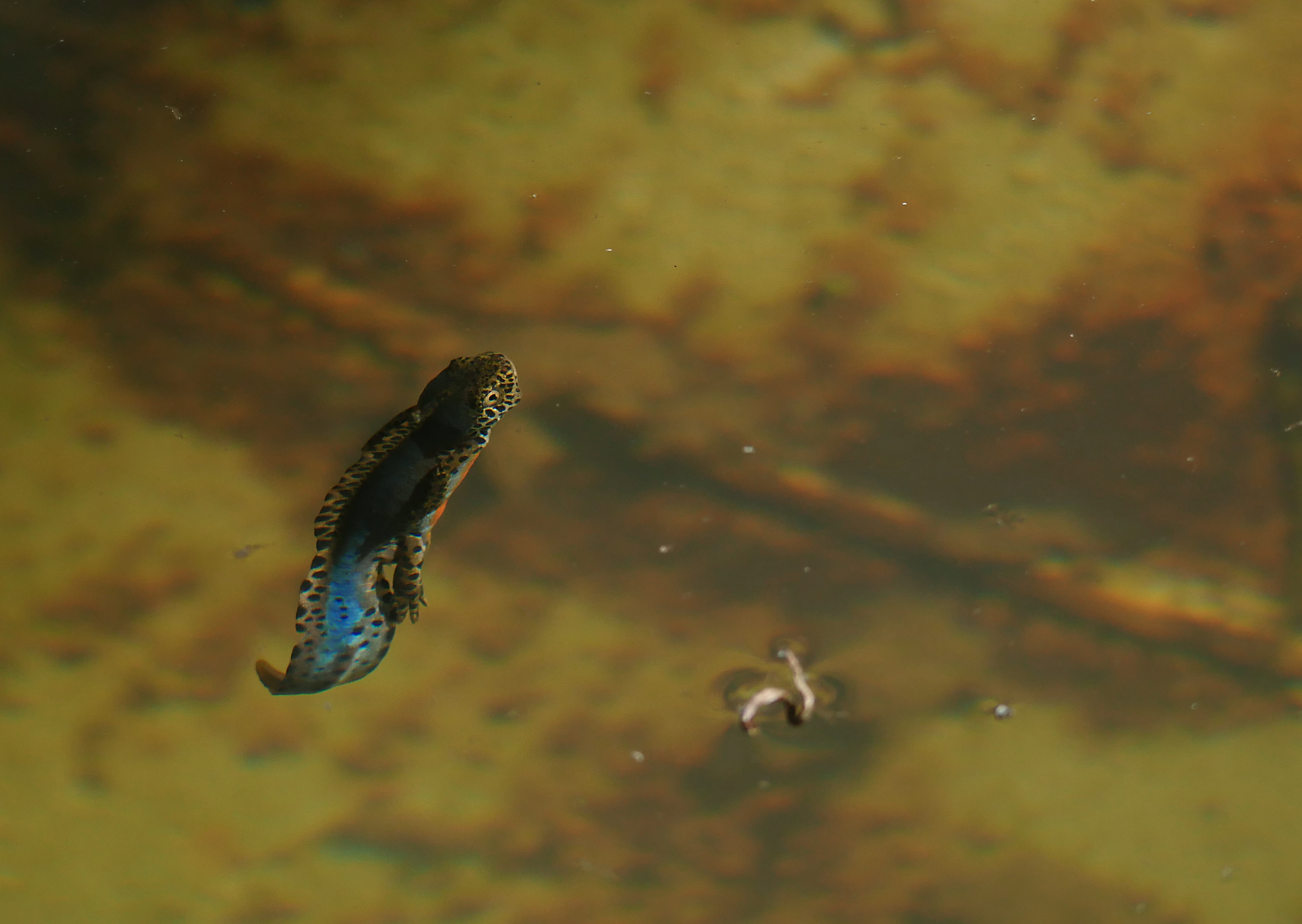Feature image: Ichthyosaura alpestris apuana
Amphibians are among the most vulnerable creatures on Earth, with many species facing increasing threats from human-induced climate and habitat change. These threats are particularly concerning for amphibians with limited mobility and small ranges, such as endemic species that thrive in specific, often isolated habitats. Emphasising their dependence on stable environments, in a recently published study in Biological Conservation, researchers investigated the vulnerability of two endemic Italian amphibian species to climate change and habitat loss.
Climate and land use changes have dramatically reduced habitats with stable water sources and suitable land where amphibians once thrived. Rising temperatures and reduced rainfall have diminished the suitability of many regions, while urbanisation and agricultural expansion have fragmented habitats and isolated populations, limiting amphibians’ ability to move to better areas. This isolation disrupts genetic diversity and reduces population resilience to further environmental stresses, including temperature humidity imbalance and drought.
Italy’s unique amphibians
The Italian peninsula’s unique climate and geography make it home to unique amphibians. Two notable species are the Italian alpine newt (Ichthyosaura alpestris apuana) and the Apennine yellow-bellied toad (Bombina variegata pachypus), both endemic to Italy’s Apennine region. These once thriving cold-adapted species now face significant threats from climate and land use change.

Rising temperatures and decreasing water availability have led to steady declines in the alpine newt’s habitat. While this species has adapted to certain human-modified environments like artificial water bodies, habitat fragmentation has severely impacted its ability to move and reproduce effectively. Therefore, preserving or restoring habitat connectivity will be crucial for this species’ survival.
On the other hand, the habitat of the Apennine yellow-bellied toad has remained relatively stable over the past decades, but is predicted to suffer a dramatic 49 percent decline by 2069. Unlike the alpine newt, the yellow-bellied toad already inhabits highly fragmented and isolated landscapes, making it even more susceptible to habitat loss. Therefore, preserving current habitat while establishing new populations in areas that will be suitable in the future are particularly important.
A strategic approach to conservation
The authors used innovative methods to model the impacts of climate and land use changes on these species. By combining habitat suitability models with landscape connectivity assessments, they identified critical, species-specific areas where conservation efforts could have the most impact.
For the alpine newt, they recommend restoring habitat cover and connectivity through the creation and maintenance of water bodies. For the yellow-bellied toad, they identify crucial habitat areas to protect immediately, and suggest exploring assisted migration. Their method of identifying species-specific recommendations can be adapted for other species and regions. For example, habitat corridors can help species move between suitable areas, while targeted land management practices can mitigate the effects of habitat loss. Traditional practices such as maintaining small ponds or wetlands could support amphibian reproduction, even in altered landscapes.
This research highlights the intertwined effects of human-induced climate and land cover change on biodiversity using two endemic amphibian species as model organisms. It underscores the need for an integrated approach to conservation, combining historical data with future projections to prioritise actions. While the study focused on two Italian species, its methods and findings are broadly applicable to other vulnerable species worldwide.
In summary, amphibians are critical indicators of environmental health. Their struggles reflect the broader challenges of preserving biodiversity in the face of rapid environmental change. Proactive conservation measures can help safeguard these fascinating creatures, ensuring they continue to enrich our ecosystems for generations to come.
Further Reading
Mangiacotti, M., M. Flego, F. Oneto, D. Ottonello, R. Cottalasso, G. Ferraro and R. Sacchi. 2025. Climate and land use change through the eyes of two endemic amphibians: Temporal trajectories of suitability and connectivity reveal differential responses. Biological Conservation 302: 110971. https://doi.org/10.1016/j.biocon.2025.110971.






